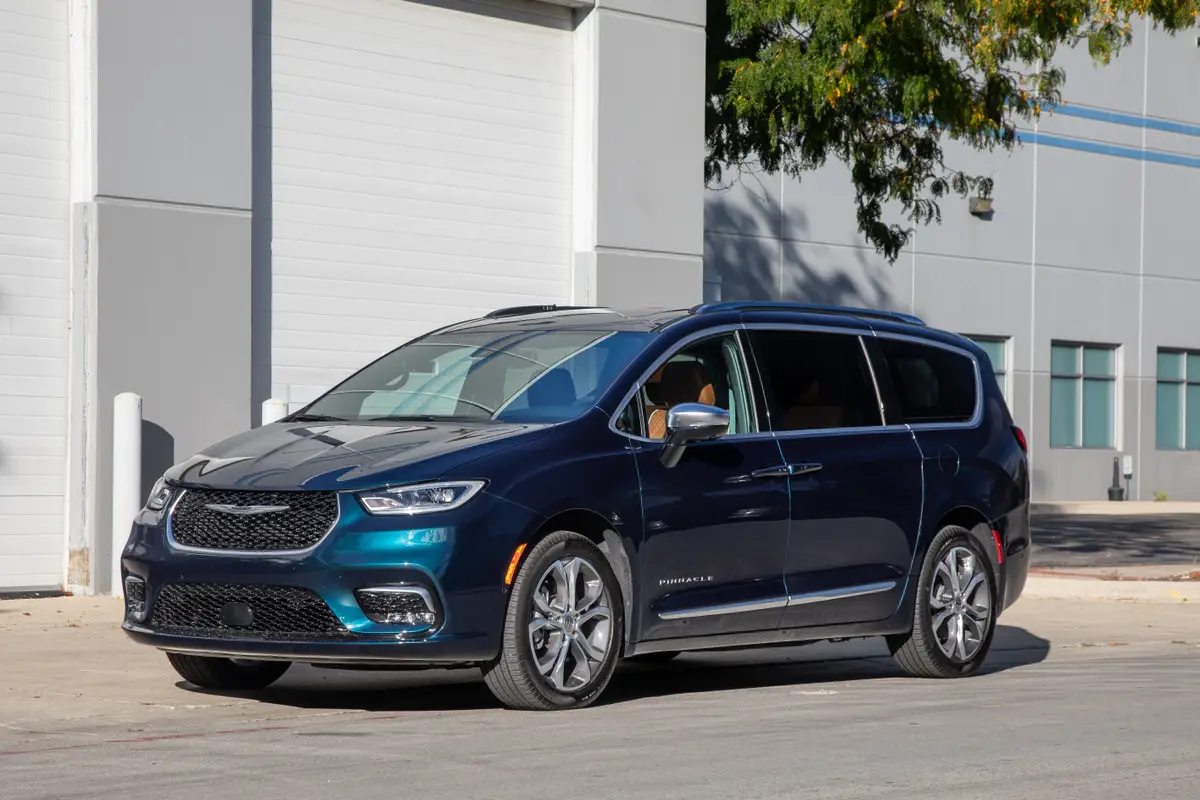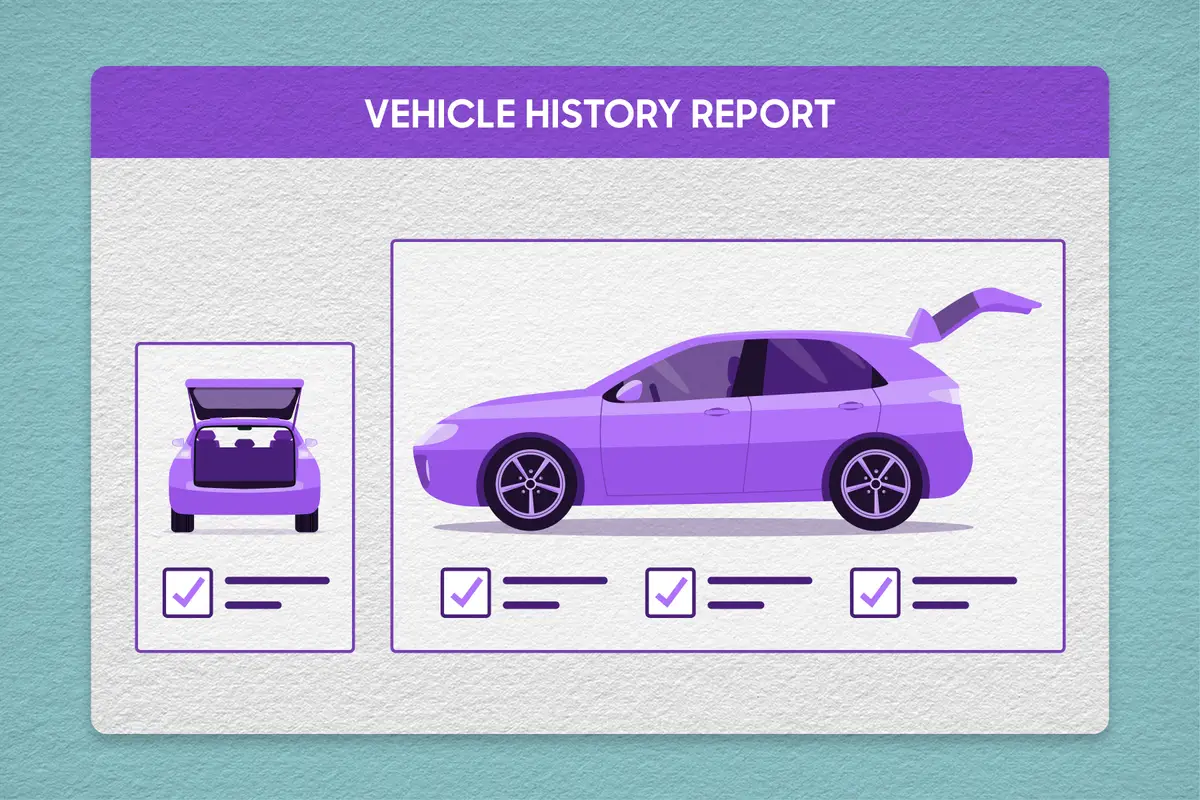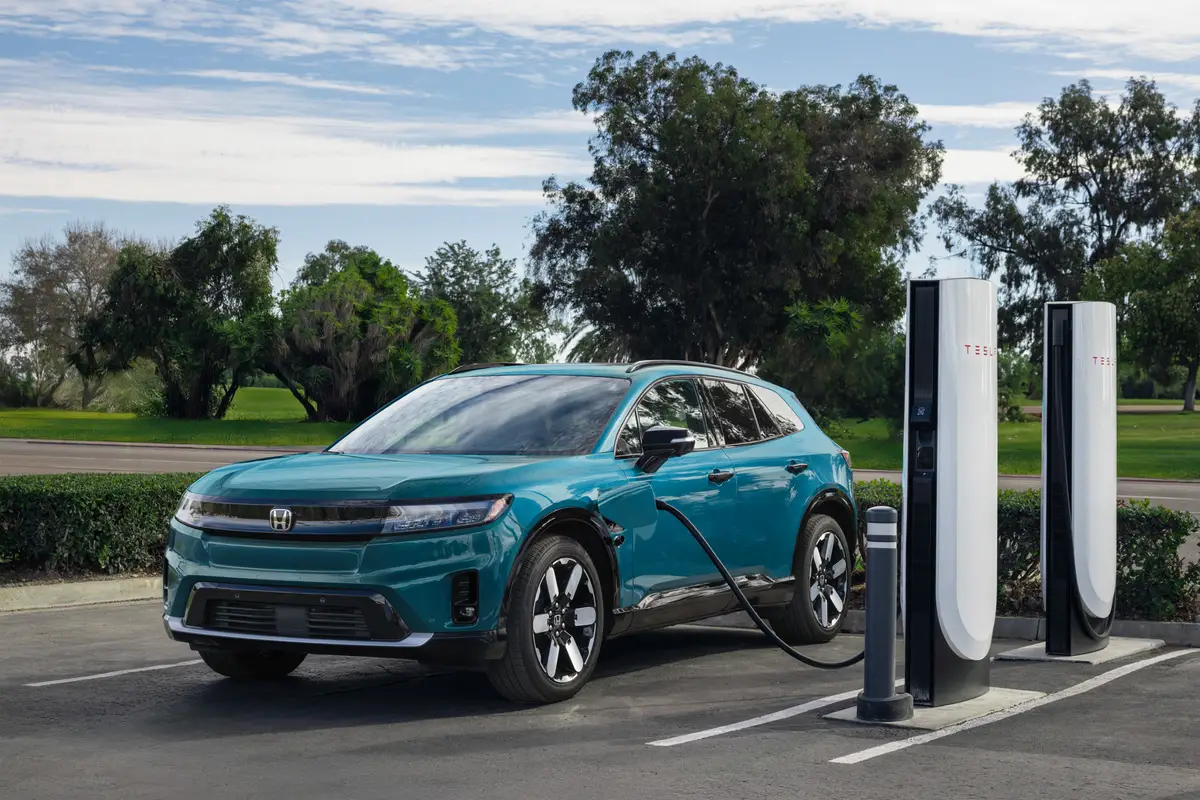Engine Deep Dive: Toyota Tacoma's Atkinson-Cycle V-6

In the world of upgraded and redesigned pickup trucks, new vehicles normally do not get a new powertrain at the same time. This was not the case with the redesigned-for-2016 Toyota Tacoma; it received the 2GR-FKS engine — a 24-valve V-6 rated at 278 horsepower and 265 pounds-feet of torque.
Related: Sibling Rivalry: 2018 Toyota Tundra Vs. 2018 Toyota Tacoma
Though new to the Tacoma platform, it wasn’t an all-new engine for Toyota. The 2GR-FKS — an Atkinson-cycle engine — is part of an engine family found in a range of other Toyota and Lexus vehicles such as the Toyota Highlander and Sienna, and Lexus GX, RX and LS. Its distinguishing characteristic is the ability of the intake valve to stay open longer than it does in other engines. That causes some of the air/fuel mixture to be pushed back into the intake manifold, allowing the engine to burn less fuel than a normal engine. However, the downside to the Atkinson cycle is that having less fuel in the piston cylinder chamber means the engine provides less power. Atkinson-cycle engines are most often paired with electric motors in hybrid vehicles to make up for the resulting power deficit. Toyota first used a variation of this engine in the 1997 Prius; now the technology is creeping into other non-hybrid vehicles, the most prominent of which is the Toyota Tacoma.
A Special Engine
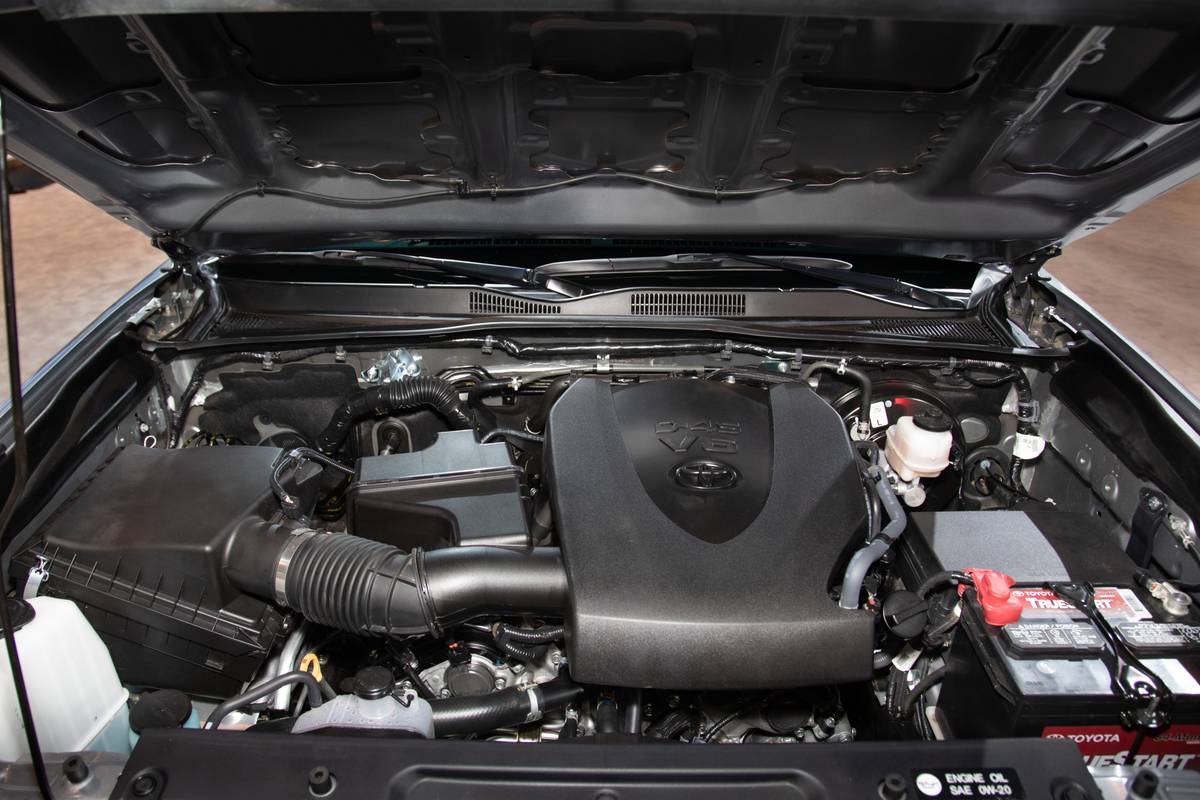
Atkinson-cycle engines originated in the 1800s and used complex mechanical linkages to adjust the length of the connecting rods; today it’s done with variable valve timing. The 2GR-FKS uses Toyota’s variable valve timing-intelligent wide on the intake camshaft. The controllers are actually in the hubs of the cam gears and are actuated by oil pressure through solenoid valves operated by the powertrain control module. The system can change valve timing within a range of 80 degrees. Variable valve timing-intelligent on the exhaust camshaft changes valve timing as much as 51 degrees. During cold startups, the intake valve defaults to an intermediate position, while the exhaust valve is advanced. During partial-load Atkinson operation, both valves are retarded. As the engine transitions to higher load, the intake valve timing is fully advanced and the exhaust stays retarded.
Fuel Injection
The Tacoma engine uses a fuel system called D-4S, shorthand for direct-injection four-stroke gasoline engine Superior version, which employs both direct- and port-fuel injection depending on need and load. During a cold start, the port injection is initially activated, then the direct injection phases in, delivering fuel during the end of the compression stroke. This allows the ignition timing to be retarded and the exhaust gas temperature raised for a faster warm up. As you may know, cold starts are typically when engines have the highest amount of emissions. Under light to medium loads, a varying combination of port and direct injection is used to provide the strongest, smoothest amount of power. Generally speaking, direct injection is used for high engine load ranges because of its cooling effect on the intake air, which in turn increases efficiency and reduces engine knocks.
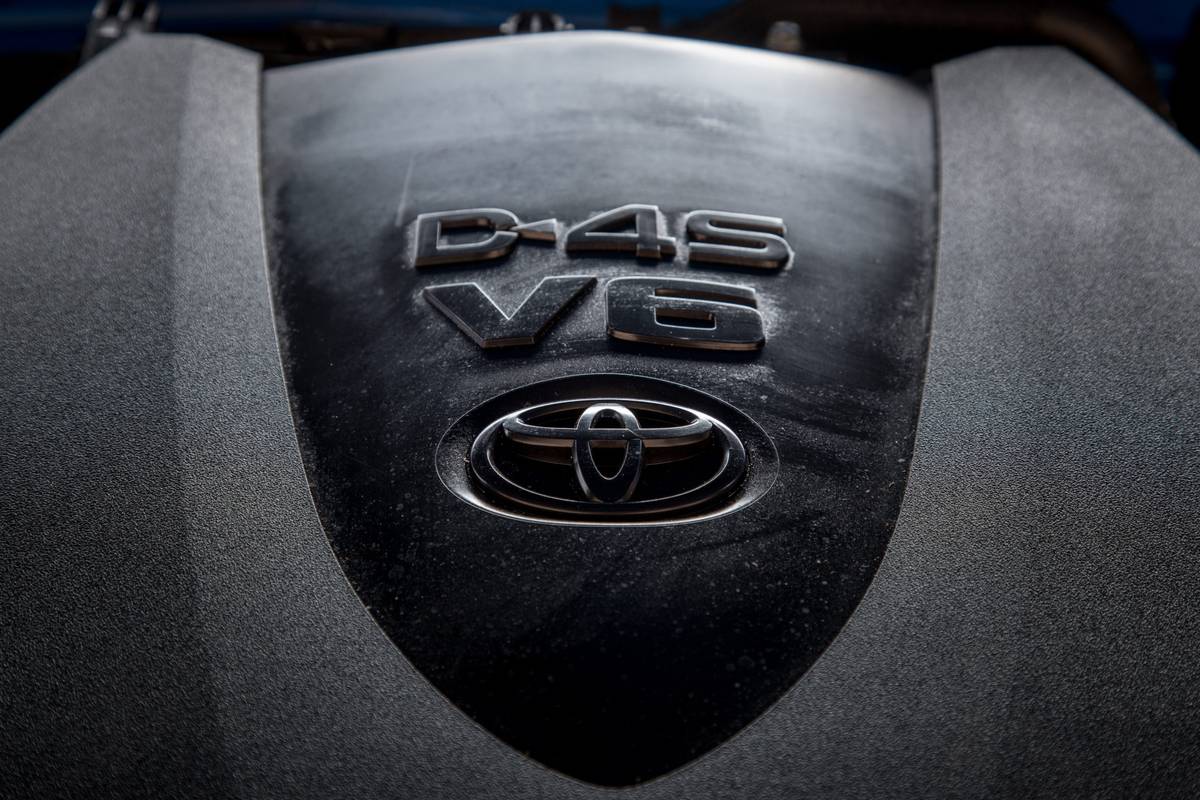
There are a few other features of the Atkinson-cycle engine that stand out. Even though it’s not a conventional truck engine, it offers durability that truck owners appreciate. The exhaust manifolds and pipes on the 3.5-liter are stainless steel, and it uses a timing chain instead of a belt for less stretch. Additionally, the piston oil jets have a check valve to keep oil pressure from dropping when the oil level is low. Head gaskets are steel-reinforced as well.
It’s also a lighter engine since the block, heads, oil pan and intake manifold are all made from aluminum, and it has composite resin head covers. Additionally, the timing chain cover is integrated with oil and cooling passages to save space and weight. Much of the exhaust system is made from lightweight stainless steel as well.
In terms of maintenance, the Tacoma V-6 comes with coolant that doesn’t have to be changed until 100,000 miles; after that it must be changed at 50,000-mile increments. It also uses a serpentine belt with an automatic tensioner.
Fuel Economy
We’ve spent some time driving V-6 Tacomas with a 4×4 drivetrain. How does it compare with other mid-size V-6 4x4s (or all-wheel drive) with automatic transmissions in terms of EPA ratings? The 2019 Tacoma achieves an EPA rating of 18/22/20 mpg city/highway combined while the 2019 Chevrolet Colorado gets 17/24/19 and the 2019 Honda Ridgeline gets 18/25/21, putting them all in the same fuel-economy ballpark. The Tacoma bests the Colorado by 1 mpg combined but falls 2 mpg combined behind the Ridgeline. It does better across the board than the previous-generation 2015 Tacoma with the 4.0-liter V-6 and five-speed automatic, which rated 16/21/18.
We can look at PickupTrucks.com 2015 and 2016 mid-size truck Challenges for further analysis of the difference the Atkinson-cycle engine makes for the Tacoma. Even though the contests took place at different times and in locations, the testing was consistent enough to make comparisons. During fuel-economy testing, the 2015 Tacoma achieved 17.33 mpg combined empty and in 2016 it hit 19.5 for an improvement of 2.17 mpg. When loaded, the 2015 Tacoma attained 17.12 mpg combined while the 2016 got 20.8 for a 3.68 mpg increase. The 2016 model also bested the test group when loaded, but empty it came in fourth out of five competitors.
Our judges were not enthusiastic about the 2016 Tacoma’s acceleration performance during that Challenge. Despite higher factory horsepower ratings, the numbers clocked against the previous generation (same driver) bore this out. The results were a wash. The 2015 got 8.44 seconds in the empty zero-to-60-mph test and 9.97 seconds in the loaded test; the 2016 took 8.59 seconds to hit 60 mph empty and 10.60 seconds loaded — so slower for both runs. The 2015 did the quarter-mile in 16.67 seconds @ 84.0 mph while empty and 17.65 seconds @ 79.5 mph loaded. The 2016 bested it empty with 16.5 seconds @ 88.1 mph and but fell behind at 17.8 seconds @ 82.5 3 mph loaded.
Final Thoughts
So, the Atkinson-cycle V-6 in the current-generation Tacoma made the mid-size pickup more competitive and solidly improved its fuel economy. The gains are subtle, but with stricter mileage and emissions requirements coming in 2025, fuel-saving technologies are likely to become more prevalent in upgraded or redesigned pickups. No doubt Toyota will have something else up its sleeve when the next-gen Tacoma and/or powertrain debuts.
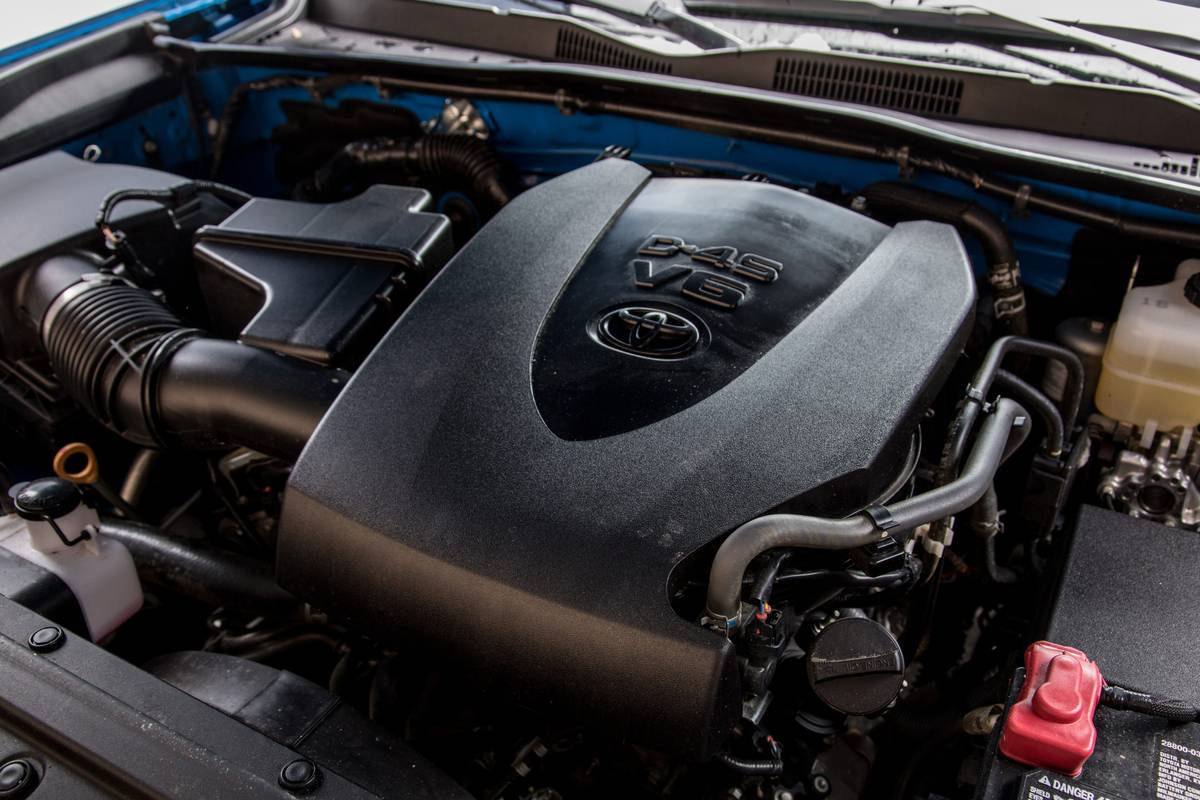
Cars.com’s Editorial department is your source for automotive news and reviews. In line with Cars.com’s long-standing ethics policy, editors and reviewers don’t accept gifts or free trips from automakers. The Editorial department is independent of Cars.com’s advertising, sales and sponsored content departments.
Featured stories
